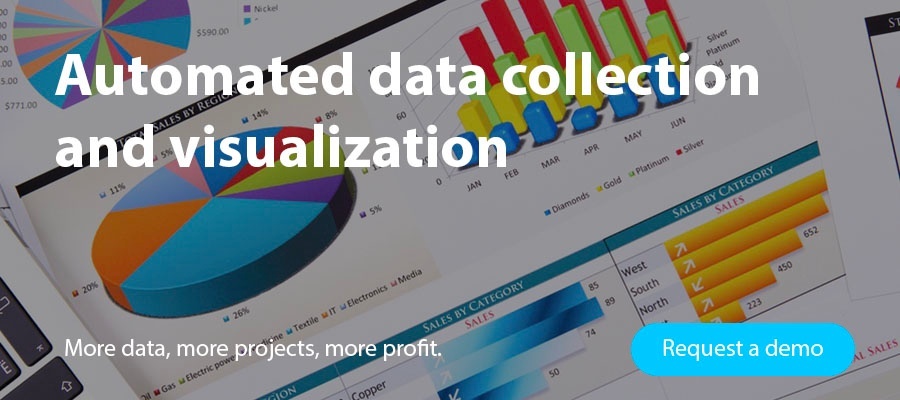For construction companies to maximize profitability, they need the tools to control projects through standardized processes, reporting and immediate information access. These measures should be in place from the bidding stage, throughout the project, and available for post-mortem evaluations. Anytime an organization falls short in an area, time and money are lost. Stop for a moment and consider these questions and how well your company manages them.
Job Bidding:
Does your current technology and software allow you to quickly generate accurate and detailed reports of previous jobs?
Performance:
Can you compare work across projects to see which are running at high and low levels?
Underperformance:
Does your information system allow you to target areas or crews that are falling behind or not meeting expectations?
Progress:
Does your data provide detailed timeline estimates that help predict completion dates?
Budgets:
Can you generate reports that highlight how and where resources are being maximized, underused or wasted?
To remain profitable in the highly competitive construction industry, large and small companies are best served by having actionable information at their fingertips. Guesswork and after-the-fact regrets are costly and can leave you trailing inferior competitors.
Murky Projections
There’s almost a disconnect that exists in the construction industry when it comes to technology and software. That may be because of the hands-on nature of the business and the abstract appearance of information systems. Many outfits still use hard-copy manuals and clipboards to run operations. But think for a moment about engineers and architects. They calculate load stress, input code regulations and manipulate data on computers to generate blueprints that are brought into physical reality by construction workers. Considering you are all in the same line of work, why not utilize similar tools?
While programs such as AutoCAD provide a clear picture about jobs specs for tech-savvy building designers, construction companies struggle to be able to forecast end-dates and profits. All too often, contractors or their admin people are trying to tally up lumber yard invoices and time sheets to figure out how much has already been spent. According to the Construction Industry Institute, only about 6 percent of companies achieved expected profitability and nearly 70 percent failed to fall within 10 percent of goal. Many of these shortfalls could be traced back to unrealistic optimism, unclear cost analysis and an inability to astutely allocate resources. Basically, guesswork costs money.
Righting The Ship
Contractors that want to be more profitable need to make their organizations smarter. Excel spreadsheets were considered cutting edge decades ago. Today, such antiquated programs are not sophisticated enough to integrate all the industry’s moving parts. You need a one-stop shop program that brings everything together and accurately forecasts how key assets are being utilized. Whether it’s higher than expected labor costs or subcontractors falling behind, the first step to greater success starts with hard data.
Software systems such as Assignar can integrate relevant information and allow you to create targeted reports. A clear picture removes guesswork and details the strengths and weaknesses of your organization. At the end of the day, information based on hard data removes guesswork and that knowledge gives you the power to become more profitable.






